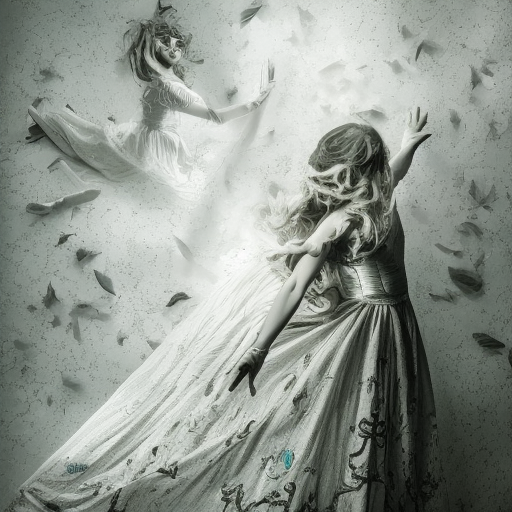Rashomon by Akira Kurosawa
One-line summary: Rashomon is a groundbreaking Japanese film that explores the subjectivity of truth through multiple perspectives of a crime.
Main Cast and Crew:
- Director: Akira Kurosawa
- Writer: Akira Kurosawa, Shinobu Hashimoto
- Key Actors: Toshiro Mifune as Tajomaru, Machiko Kyō as Masako Kanazawa, Masayuki Mori as Takehiro Kanazawa, Takashi Shimura as Woodcutter
- Music Director: Fumio Hayasaka
- Director of Photography: Kazuo Miyagawa
- Producers: Minoru Jingo, Sojiro Motoki
Plot:
Set in feudal Japan, Rashomon revolves around the murder of a samurai and the rape of his wife. The film opens with three men taking shelter from a torrential rainstorm at the Rashomon gate. They discuss a recent trial involving the bandit Tajomaru, who is accused of the crimes. The story unfolds through four different perspectives: the bandit’s, the wife’s, the samurai’s (through a medium), and the woodcutter’s.
Each retelling of the events contradicts the others, leaving the audience questioning the nature of truth and the reliability of human perception. Tajomaru claims to have seduced the wife, Masako, with the samurai’s consent, while Masako insists she was raped. The samurai’s account, revealed through a medium, presents a different version altogether. The woodcutter, who witnessed the events, adds yet another layer of complexity to the narrative.
As the film progresses, the characters’ motivations and moral ambiguity come to the forefront. Rashomon explores the depths of human nature, revealing the flaws and complexities that shape our understanding of truth and justice. The film’s nonlinear structure and intricate storytelling captivate the audience, challenging their own perceptions and biases.
Themes and Motifs:
Rashomon delves into several central themes, including the subjectivity of truth, the fallibility of memory, and the nature of humanity. Kurosawa masterfully explores the concept of multiple perspectives, highlighting how individuals’ biases and self-interests shape their recollections of events. The film also examines the impact of societal pressures on individual behavior and the struggle between self-preservation and moral responsibility.
The motif of the Rashomon gate itself symbolizes the threshold between truth and deception, with characters entering and exiting the gate throughout the film. Kurosawa’s use of light and shadow, along with the stunning cinematography by Kazuo Miyagawa, adds depth and atmosphere to the narrative, enhancing the film’s themes and motifs.
Reception and Legacy:
Upon its release in 1950, Rashomon received critical acclaim both in Japan and internationally. It won the Golden Lion at the Venice Film Festival, introducing Japanese cinema to a global audience. The film’s innovative storytelling techniques and philosophical exploration of truth left a lasting impact on filmmakers worldwide.
Rashomon’s legacy can be seen in its influence on subsequent films, inspiring the “Rashomon effect” in storytelling, where multiple perspectives are employed to reveal the complexity of truth. Kurosawa’s masterpiece paved the way for a new wave of Japanese cinema and solidified his reputation as one of the greatest directors of all time.
Recommendation:
Rashomon is a must-watch for cinephiles and anyone interested in thought-provoking cinema. Its exploration of truth, morality, and human nature transcends time and cultural boundaries. The film’s captivating performances, stunning visuals, and profound storytelling make it a timeless classic that continues to resonate with audiences today.
Memorable Quote:
“Human beings are unable to be honest with themselves about themselves.” – Woodcutter












